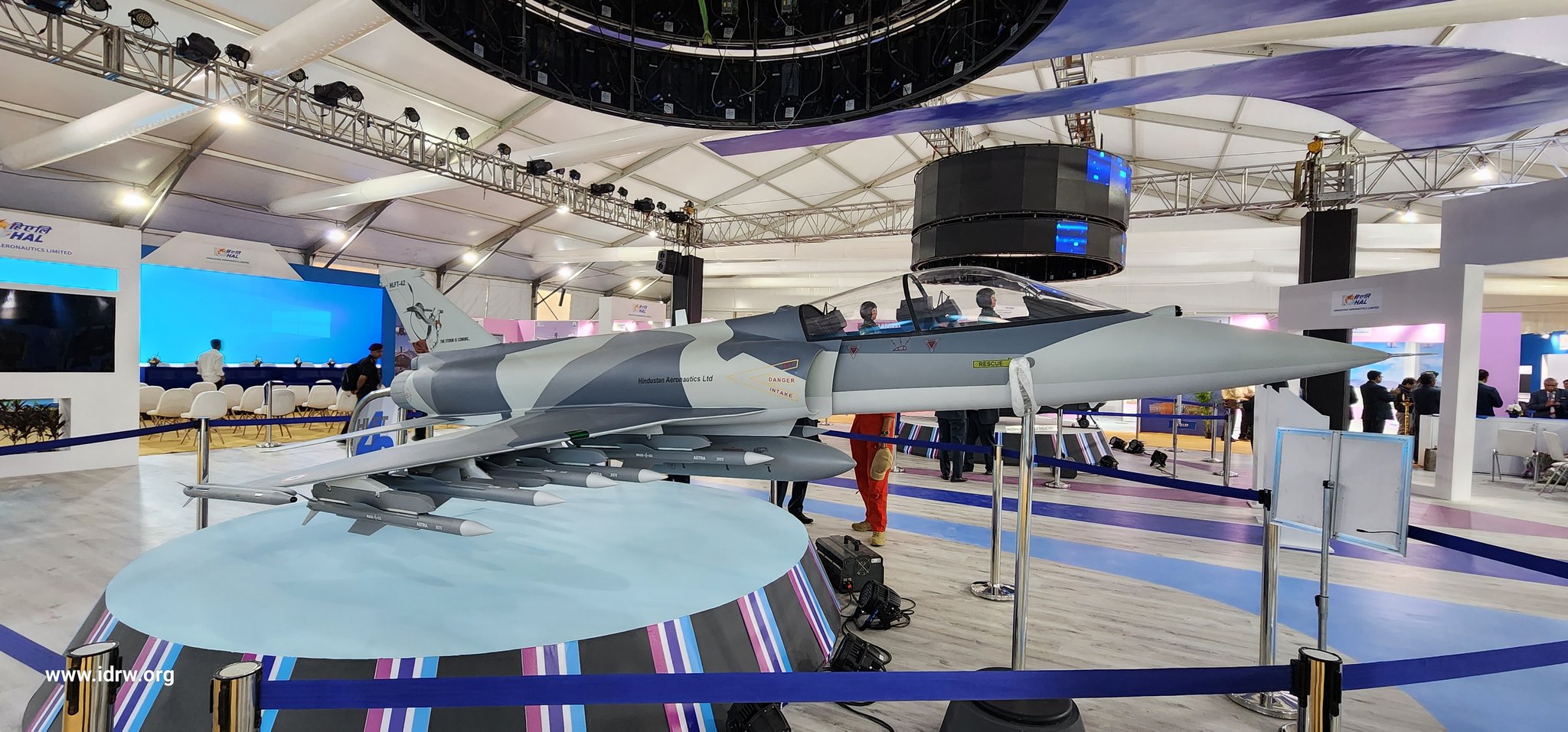SOURCE: RAUNAK KUNDE / NEWS BEAT / IDRW.ORG

In a bid to adapt to the evolving landscape of aviation and harness the potential of cutting-edge technology, the Indian Air Force (IAF) is embarking on a significant transformation of its fighter pilot training programs. Chief of Air Staff Air Marshal V R Chaudhari, during the Platinum Jubilee Celebrations of the Flying Instructors School (FIS) at the Air Force Station, Tambaram, Chennai, lent his support to a new training module tailored to meet the demands of modern fighter jets.
Chaudhari emphasized that the days of a one-size-fits-all training approach are long gone. With the convergence of cutting-edge technology in the aviation domain, newer opportunities are emerging, which the IAF is keen to capitalize on. This move aligns with the IAF’s recognition that modern fighter jets, while designed to be less physically taxing to fly, require more extensive training due to the complexity of the technology and the influx of data fusion.
The IAF has traditionally followed a three-tier stage for the training of fighter pilots. However, it is now gearing up to introduce the concept of a 3.5-stage of fighter pilot training. This innovative approach involves the incorporation of Supersonic Lead-In Fighter Trainer (LIFT) aircraft into the training curriculum. These LIFT aircraft can be programmed to simulate the response of the fighter jets that the pilot will eventually operate within their squadron.
One of the key developments in this endeavour is the proposal by Hindustan Aeronautics Limited (HAL) to create the HLFT-42, a Supersonic trainer aircraft. This aircraft is designed to provide trainee pilots with a realistic and immersive experience, replicating the controls and in-flight dynamics akin to flying Tejas Mk2 or Advanced Medium Combat Aircraft (AMCA) fighter jets. Notably, the HLFT-42 can also be employed as a combat aircraft in the event of war.
HAL’s plan entails initiating flight trials after completing technical discussions with the IAF within the next 5-6 years. This marks a significant step towards the modernization of fighter pilot training. If all goes according to plan, production of the HLFT-42 is expected to commence around the 2030 timeframe, ushering in a new era of training excellence within the IAF.
This forward-looking approach underscores the IAF’s commitment to staying at the forefront of aviation training, equipping its fighter pilots with the skills and knowledge needed to excel in the rapidly evolving aviation landscape. The introduction of the 3.5-stage training module promises to be a game-changer in the field of fighter pilot training, ensuring that the IAF remains a formidable force in the skies.
NOTE : Article cannot be reproduced without written permission of idrw.org in any form even for YouTube Videos to avoid Copy right strikes. Websites doing illegal reproductions will get DCMA and Legal Notices.